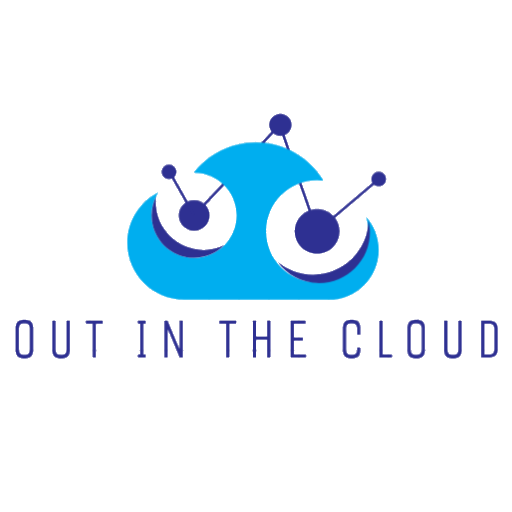We’re in a hiring shift. For example in creative and design work, the “labor of creation” is moving from people to machines, now that “Gen AI” can do a lot of heavy lifting. That sounds scary—until you realize what it unlocks: higher quality, faster cycles, and more time spent on taste, intent, and outcomes.
This doesn’t mean “stop hiring.” It means hire differently and work differently. Use AI to take on the repetitive, mechanical steps so humans can focus on the parts that actually move the needle: defining the brief, steering the system, and raising the bar on quality. Now we go from training or finding someone to can use a hammer (really well), to someone that can use a nail gun more productively.
The Shift: From Making to Shaping
For years we’ve hired people to produce. Now we’ll hire people to direct production and refine results. The work doesn’t disappear—it changes shape.
- Before: Designers and writers spent hours pushing pixels or words to get to a first draft.
- Now: AI gets you a first draft in minutes. The human job becomes: set direction, edit hard, improve taste, and ensure the outcome is on‑brand and truthful.
This applies outside of creative, too—marketing ops, research, customer support, data cleanup, even basic engineering tasks. Anywhere you see repetitive steps, you’ll see AI doing the lift so people can do the thinking.
The Hiring Implication: Don’t Freeze—Refocus
Companies don’t need fewer people; they need people with different mixes of skills:
- Direction & taste. Can they define the bar, not just clear it?
- System orchestration. Can they chain tools, prompts, and datasets into a repeatable workflow?
- Critical editing. Can they improve truth, tone, and clarity—fast?
- Ownership. Will they sign their name to the outcome and be accountable?
- Model literacy. Not research‑scientist level—just enough to know what the model can/can’t do, and how to guide it.
If you add those skills to your team, you don’t publish more noise; you publish better work, more consistently.
Workers: Embrace the Tool, Own the Result
AI is a tool. Use it. Learn it. But you own the outcome.
- Oversee every step. Treat the AI as the labor, not the final say.
- Verify facts. Check sources, names, numbers, and claims.
- Refine relentlessly. Push from “okay” to “excellent”—that’s the human edge.
- Capture what works. Save prompts, patterns, checklists. Turn wins into a repeatable system for the next person.
Think of your role as pilot‑in‑command. Autopilot can fly straight and level, but it doesn’t choose the destination, manage risk, or land the plane. You do.
A Simple Team Model That Scales Quality
Small, cross‑functional pods do well in this new mode:
- 1 Director (editor/lead designer/PM): owns the bar and the brief.
- 1–2 Makers: fast with tools, strong at iteration, ruthless at refining.
- 1 Reviewer (rotating): checks truth, compliance, and fit to spec.
They work in short loops:
- Intent → define outcome, audience, and constraints.
- Generate → produce 3–5 options quickly.
- Critique → keep, cut, and combine.
- Refine → polish to “publishable.”
- Verify → fact checks, approvals, brand checks.
- Ship → measure impact, save the winning pattern.
What to Measure (so you don’t just get “faster bad”)
- Time to first credible draft (minutes, not days).
- Edits‑to‑publish ratio (are we refining or rewriting?).
- Quality score (editorial rubric or design checklist).
- Error rate (factual/brand/compliance).
- Outcome metrics (engagement, conversion, CSAT—whatever “good” means).
If quality and outcomes go up while time‑to‑draft goes down, you’re hiring and working the right way.
Practical Hiring Playbook (Today)
- Update job descriptions. Add “model‑assisted production” and “prompt + workflow design” as core skills.
- Interview for ownership. Ask candidates to critique an AI‑generated draft and sign off on a fixed version—under time pressure.
- Level up the team. Run short trainings on: model limits, source checking, bias traps, and your brand/style rules.
- Codify guardrails. Style guide, fact‑checking checklist, approval path. “We sign our work.”
- Save your systems. Keep a shared library of prompts, templates, and QA steps. Make it easy to repeat success.
The Mindset Shift: From “Doing the Work” to “Owning the Outcome”
AI reduces the grind. That’s the point. Your edge isn’t how long you can grind; it’s how clear your intent is and how high you set the bar. When teams use AI to remove mechanical labor, they can spend their best energy on direction, differentiation, and detail—the parts customers actually notice.
Quick Start (You can paste this into an internal doc)
For leaders
- Hire for direction, editing, and orchestration.
- Keep headcount where it lifts quality; reduce where it adds only manual throughput.
- Measure quality and outcomes, not just velocity.
For makers
- Learn the tools; keep ownership.
- Iterate fast; verify faster.
- Save what works; share it.
For everyone
- The tool does the labor. You deliver the result.

Leave a Reply